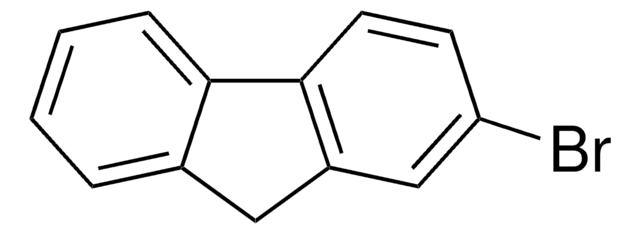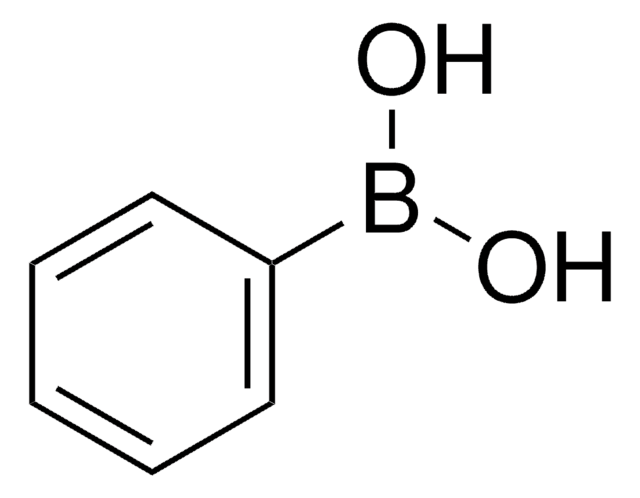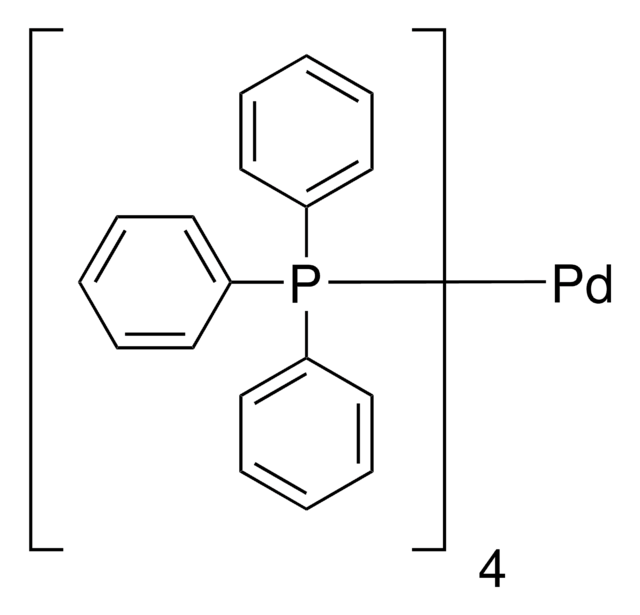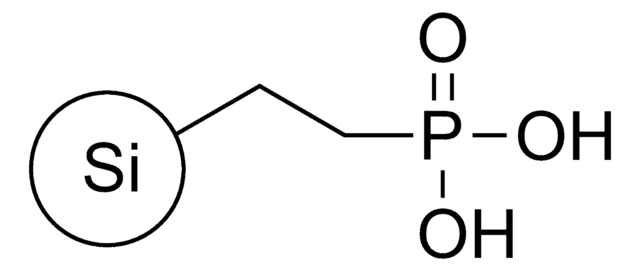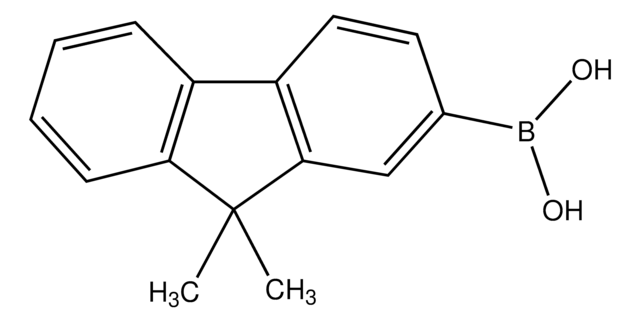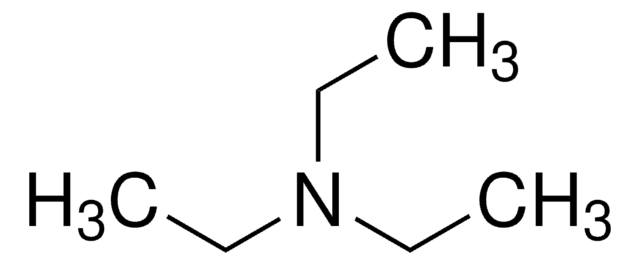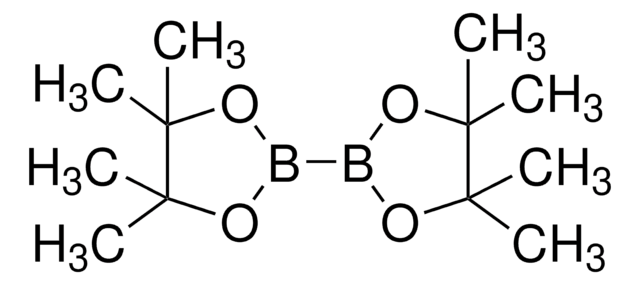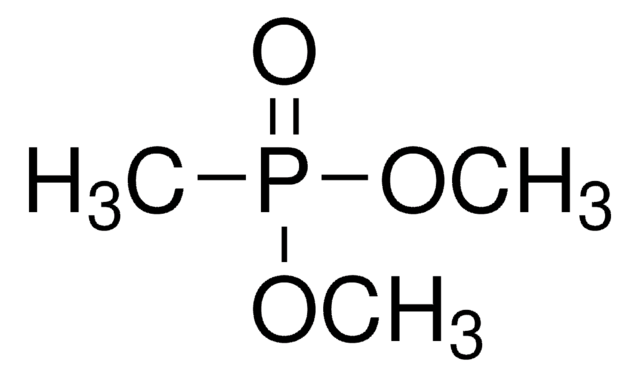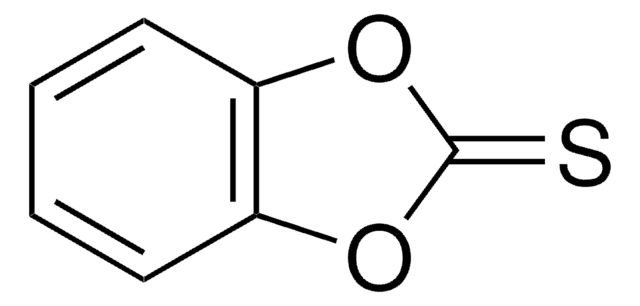All Photos(1)
About This Item
Empirical Formula (Hill Notation):
C15H13Br
CAS Number:
Molecular Weight:
273.17
MDL number:
UNSPSC Code:
12352103
PubChem Substance ID:
NACRES:
NA.23
Recommended Products
Assay
97%
form
solid
mp
57-62 °C
SMILES string
CC1(C)c2ccccc2-c3ccc(Br)cc13
InChI
1S/C15H13Br/c1-15(2)13-6-4-3-5-11(13)12-8-7-10(16)9-14(12)15/h3-9H,1-2H3
InChI key
MBHPOBSZPYEADG-UHFFFAOYSA-N
General description
2-Bromo-9,9-dimethylfluorene is a fluorene derivative which shows π-electron conjugation. It has a high fluorescent and high electron delocalization. It can be used as a non-linear optical (NLO) material. It can be synthesized by using 2-bromofluorene and iodomethane as the major reactants. It can be majorly used in organic electronic based applications.
Application
2-Bromo-9,9-dimethylfluorene can be used as a conducting polymer in the fabrication of a variety of devices which include photoelectronic devices, organic light emitting diodes (OLEDs) and organic solar cells (OSCs).
This material is a popular synthetic precursor for OLED materials to make devices that efficiently emit a deep blue color.
Storage Class Code
13 - Non Combustible Solids
WGK
WGK 3
Flash Point(F)
Not applicable
Flash Point(C)
Not applicable
Regulatory Information
新产品
Choose from one of the most recent versions:
Certificates of Analysis (COA)
Lot/Batch Number
Don't see the Right Version?
If you require a particular version, you can look up a specific certificate by the Lot or Batch number.
Already Own This Product?
Find documentation for the products that you have recently purchased in the Document Library.
A fluorene-terminated hole-transporting material for highly efficient and stable perovskite solar cells.
Jeon NJ, et al.
Nature Energy, 3(8), 682-682 (2018)
Wei, W.; Djurovich, P. I.; Thompson, M. E.
Chemistry of Materials, 22, 1724-1724 (2010)
3, 4-Bis (5-iodo-2-methylthien-3-yl)-2, 5-dihydrothiophene: A powerful synthon for the preparation of photochromic dithienylethene derivatives.
Xie N, et al.
Synlett, 2006(05), 0737-0740 (2006)
Fluorene-based boronic acids as fluorescent chemosensor for monosaccharides at physiological pH.
Hosseinzadeh R, et al.
Luminescence, 30(5), 549-555 (2015)
Grisorio, R.; Melcarne, G.; Suranna, G. P.; Mastrorilli, P. Nobile, C. F. et al.
Journal of Materials Chemistry, 20, 1012-1012 (2010)
Our team of scientists has experience in all areas of research including Life Science, Material Science, Chemical Synthesis, Chromatography, Analytical and many others.
Contact Technical Service